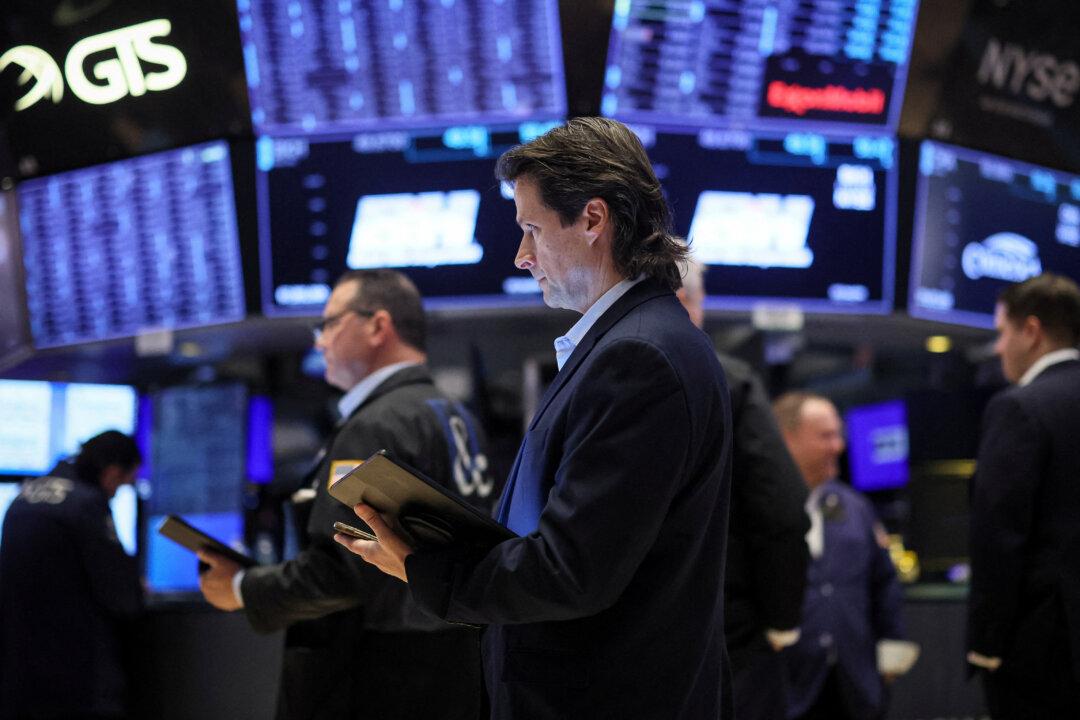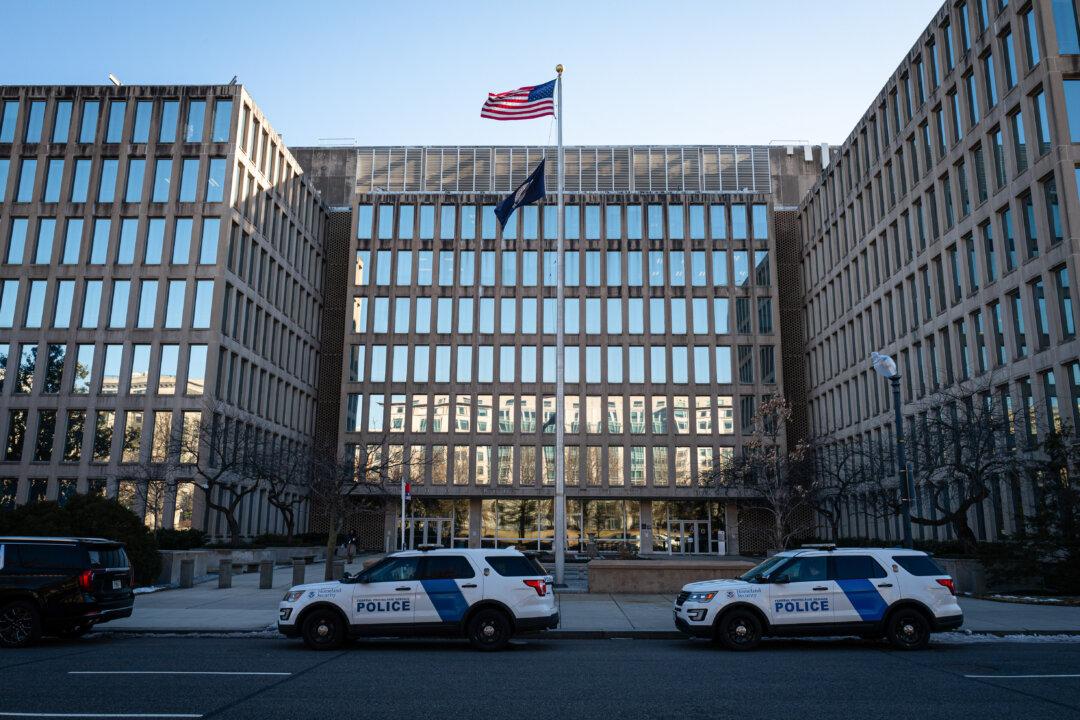America’s economic growth can slow down this year as the effects of Federal Reserve’s monetary-tightening policies continue to work through the economy, according to Nathan Sheets, Citi’s global chief economist.
“As the year progresses, we’re going to see some meaningful signs of slowing in the economy,” Mr. Sheets said in a March 1 interview with CNBC. The Citi economist thinks that some of the headwinds associated with the Fed’s monetary-tightening policies are still “working their way through the economy,” such as the restriction on bank credit. Whether these things will translate into a soft landing or a recession is “a very finely balanced debate.”





